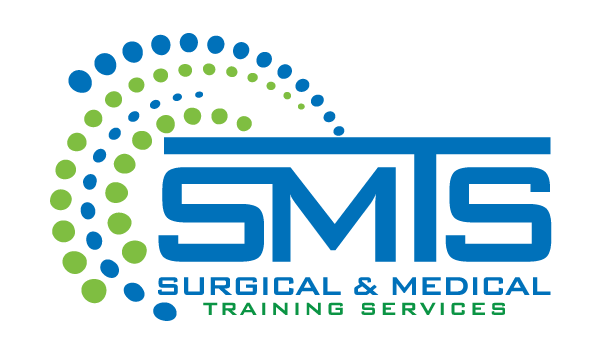The medical and surgical fields have been in such a state of innovation for so long that staying abreast of the latest and greatest trends may start to feel overwhelming. If you are in the orthopedic specialty, you want to procure the full extent of training necessary to improve patient outcomes. This may involve advanced education in the area of arthroscopic surgery.
Arthroscopy can be very useful for the surgeon who needs to observe the intricacies of any joint. Historically, physicians have relied on x-rays and other methods of imaging to extract meaningful data. Of course, there is nothing like an up-close-and-personal, real-time view, especially when this can be obtained in a minimally-invasive manner.
Arthroscopic procedures are commonly performed on joints including the:
- Hips
- Knees
- Shoulders
- Ankles
- Wrists
- Elbows
Each of these joints is complex and susceptible to a wide variety of injuries. Through arthroscopic surgery, an orthopedic physician can determine the source of pain and extent of an injury and, in many cases, make the necessary repairs through the same tiny incisions.
Surgery is a big decision for every patient. Knowing that a surgeon uses minimally-invasive arthroscopic technique may be the tipping point that allows a patient to feel more comfortable receiving care. Surgeons trained in arthroscopic technique can outline benefits to their patients. These may include:
- High precision. Because observation of the joint takes place through a small camera at the end of a fiber-optic tube, a surgeon gains the most accurate view possible, without requiring a large, open surgery.
- Lower risk. Surgery carries risk. This is precisely why it is a big decision for a patient to make. Because arthroscopy does not require large incisions, the surgical site remains localized and protected. Trauma to surrounding tissues is minimal, which translates to a faster recovery.
- Recovery time. Arthroscopic surgery involves less bleeding and bruising than traditional surgical technique because fewer muscles and ligaments are disturbed during the procedure. Patients may feel stiffness and weakness shortly after surgery, but can typically expect to regain a high degree of mobility and comfort within weeks, possibly with the aid of physical therapy.
SMTS – Surgical & Medical Training Services is dedicated to assisting surgeons in achieving exemplary skill which will, in turn, maximize patient care.
Learn more about our mobile training facilities and courses at (888) 801-9444.

